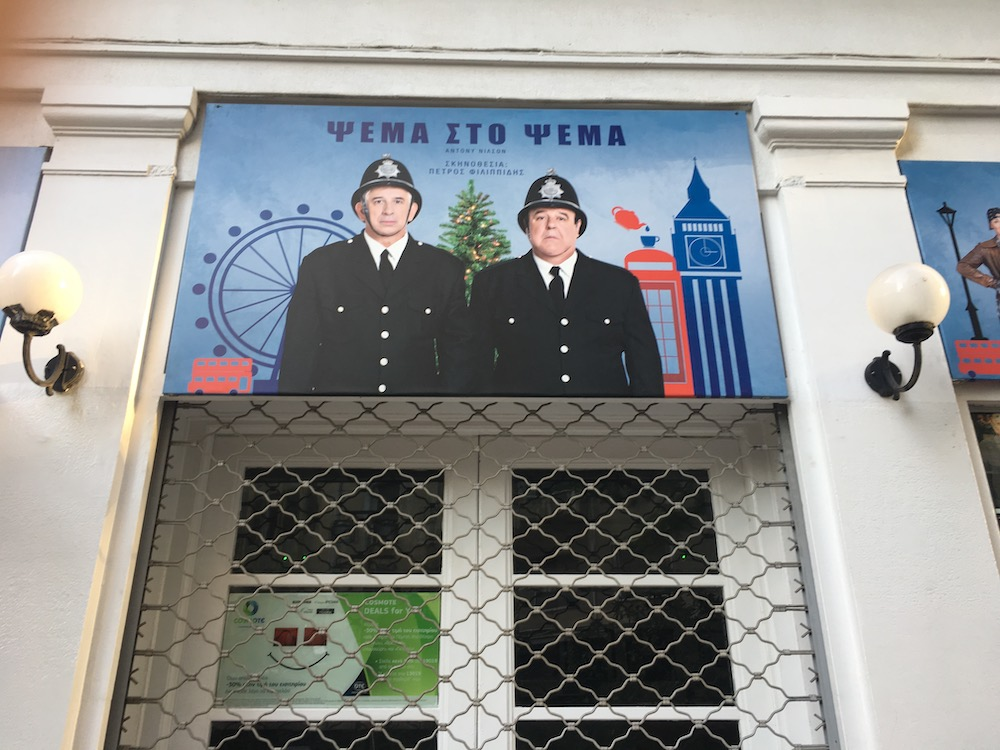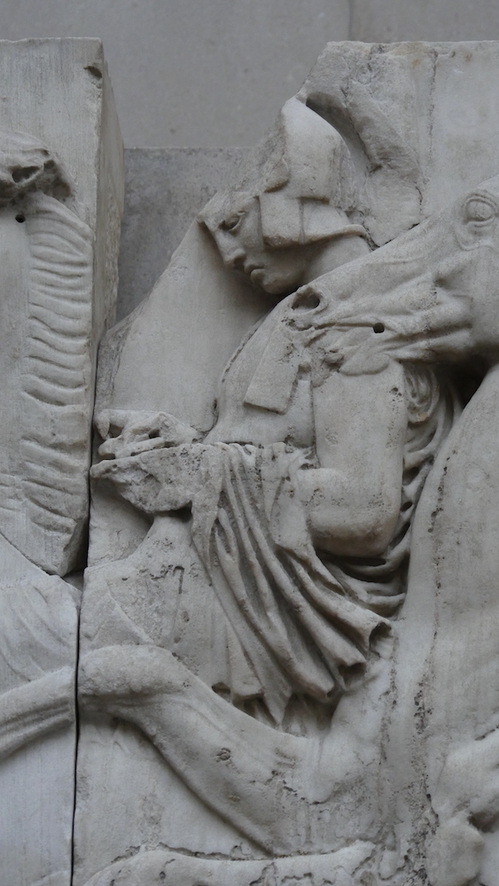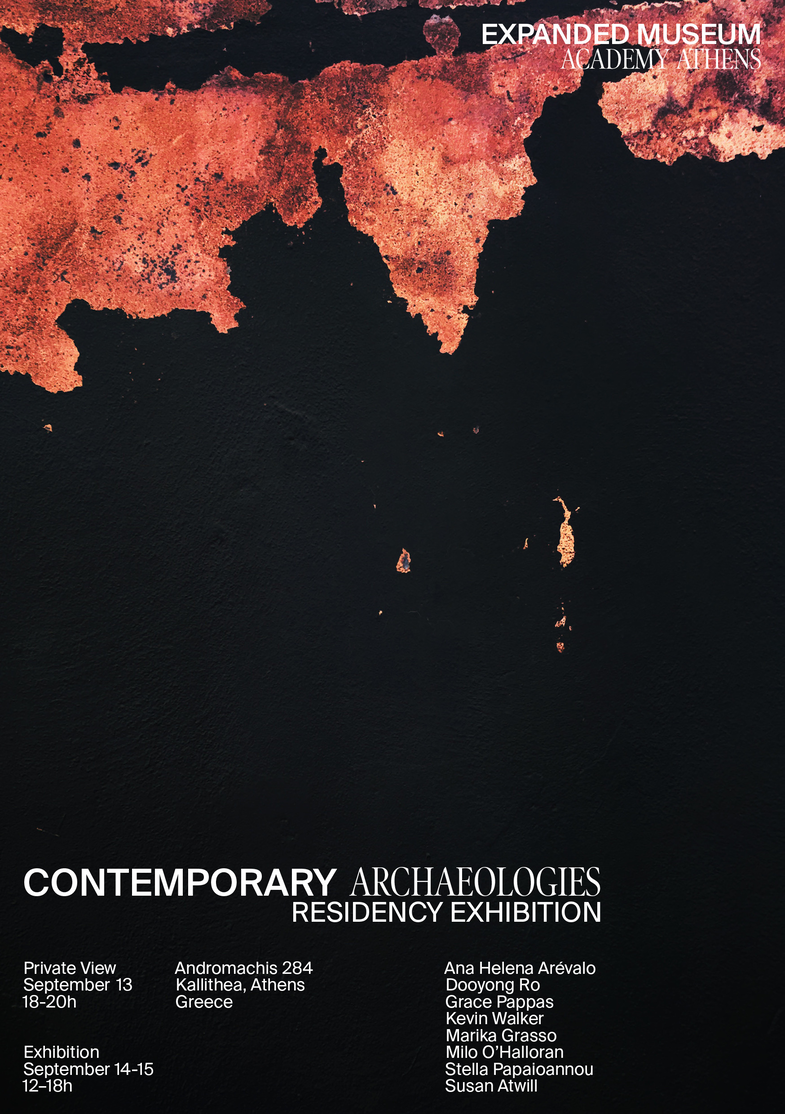According to Susan Ashley and others (2020), ‘the recognition of different realities, practices and futures is an ontological question, and this inevitably has methodological implications,’ requiring ‘plural and alternative ontological orientations’. Lloyd and Wood (2020) suggest that challenging familiar narratives by excavating ‘hidden histories’ often proves difficult, as the latter reinforce hierarchies of value and ‘are shaped by the dynamics of remembering and forgetting.’ The ontological mode of Levitas’ utopian method
addresses the question of what kind of people particular societies develop and encourage. What is understood as human flourishing, what capabilities are valued, encouraged and genuinely enabled, or blocked and suppressed, by specific existing or potential social arrangements: we are concerned here with the historical and social determination of human nature. (Levitas 2013: 153)
Where archaeology primarily looks down and backwards, and architecture looks upwards and forwards, ontology looks across and through. I would therefore expand the horizons explored by Levitas from her position within contemporary Western sociology. Coming from anthropology, I would argue for a cross-cultural view: not to regard all societies as equal, but to regard every society as culturally porous (as indeed ancient Athens was, as acknowledged on a panel in the British Museum).
As well as looking across, we can also look under, or through. For while Levitas equates utopia with ideology, Campagna (2018) situates the level of ontology below that of history, politics and ideology: it defines what things can legitimately exist in the world, and what actions can be taken. Aligned with new materialist thought, I go further to regard more-than-human ontologies.
The topian methodology for artistic practice, as detailed in this exposition, uses archaeological and architectural methods to triangulate on present ontologies. Ontology is not a field as such, but philosophical methods such as the thought experiment can be employed. For a conclusive ontological analysis, I start at the micro, so as to end up at the macro scale.
Ontologically, we could regard the particle as fundamental unit of our civilisation. Following Campagna, I characterise ‘our’ civilisation generally as Western Modernity, but not bounded by geography — for its ontology underlies capitalist, communist and socialist nations across the world, excluding only those small societies that embrace a truly different ontology, and have been marginalised for doing so. Ours is perhaps rooted in European Modernism, but borders have ever been porous. Grounded in rationality, it values science — simultaneously particular and totalising — as well as the binary bit of digital computation, and the individual unit as a serial position oriented toward production (Campagna 2018).
My drawings based on points would seem to embody this. But as mentioned, this ontology also values the line or the border which delimits, separates and contains. There are thus many contradictions — in contemporary reality at large, in artistic practice, and in each of us as individuals. A methodology that zooms in and out of spatial and temporal scales, I hope, exposes and embraces contradiction as one of the artist’s most powerful tools, and as part of human nature — therefore this methodology adopts the term topian, which informs both utopian and dystopian perspectives.
Space in our current ontology is reduced to precise numerical coordinates, and time to the instant, the nanosecond. The philosopher Byung-Chul Han describes contemporary society not in terms of acceleration, as many others do, but atomisation: acceleration implies a direction, and in his view, time has dissolved into directionless points and we jump from one to the next, having lost any sense of duration (Han 2017). Another contradiction can be located here: Campagna sees each instant and each point as a portal to a different existence and another ontology, and Han seems to agree, arguing for ‘the art of lingering’ instead of jumping from one point to another.
The individual particle, then, links micro to macro — as in physics. A microscopic virus causes a global pandemic in humans, just as a bacterial infection strikes olive trees in Greece (McGrath 2020), both causing wider economic effects. Degradation takes place point by point, step by step as entropy inevitably increases over time. A geological perspective encompasses a broader view of species and timespans than an archaeological one.
Artistic methods at this level of ontology, therefore, might interrogate the point or the pixel, as in my drawings. Archaeologically, this has meant focusing on the limited and the particular, as Foucault (2002) describes in The Archaeology of Knowledge: building up a surface, an image and an idea, and then expanding outward, instead of delineating a boundary. A focus on the material scale means embracing the fragmentary and the metamorphic, and confronting intangibility through materialisation. Architecturally at this scale, I transposed from one material, and one scale, to another, through drawing, photography and printmaking, exploring also the synthetic materiality in between physical and digital to make fragments into large-scale topographies.
Moving upward in scale, Campagna (2018) sees processes of ever-finer measurement and binarisation resulting in classification and taxonomy: the very bases for scientific rationalism. Thus, a rational ontology rests on absolute language which only permits things to legitimately exist that can be characterised as serial positions oriented for production of other things.
Artistic methods at this level of ontology, therefore, might also interrogate language, as in Arévalo’s work. Her poem, which expanded on the limits and possibilities of the friezes as potential productive conflict opportunities, contains the lines: ‘Humans playing pretend, mimicking gods and titans, creating universes / whose foundational taxonomies / have culminated in irreversible chaos; in isolated voices and fragmented spirits.’ Focusing more specifically on cultural heritage, one of her other exhibited prints reads:
Now more than ever, mainstream taxonomies must be reframed so as to acknowledge emerging institutional imaginaries, embracing contemporary archaeologies and topographies, and respond to shifting historicities. With this reframing comes a growing need for the reorganisation and configuration of already-existing collections from the largest, most powerful — both culturally and politically — institutions in the world, which hold a plethora of displaced material culture that beg to be reunited with everything and everyone they have left behind.
In terms of the silences unearthed by archaeology, she writes in her poem, ‘Gaps that come as visual manifestations / of metaphysical voids’. She says that ‘utopian thinking […] helped emancipate established ideas (and ideals) imposed onto the friezes themselves, allowing them to embrace alternative forms. These two parts of the project met at the intersection between the factual and the fictive, the academic and the literary, the found and the constructed, the real and the utopian’ (Arévalo 2020).
I worked at this scale archaeologically by taking the museum as my main site of investigation, employing movement and mapping before shifting to the studio, then gallery. Then, at the level of the artefact, I used direct sensory means of interrogation, before placing my focus specifically on hands. Architecturally, work was translated to human scale in the gallery, using placement and viewing angles to make a link with the archaeological and museological sites of original artefacts, as a form of rhetorical positioning.
According to Levitas (2013: 154), the ontological mode overlaps with the archaeological mode ‘in so far as it interrogates implicit models of persons’. A simple analysis of the utopian human in our current ontology would not fail to identify this individual as a white male, and this is increasingly being contested. Might the contemporary model of a dystopian person be a protestor, criminal, or artist?
Sites for investigation of meso-scale ontology are sites of contemporary human experience, for example in activism or journalistic discourse. Plenty of art engages with this, and it is reliant primarily on language.
Turning specifically to cultural heritage, we can look at the human-scale encounter with artefacts in museums. Arévalo’s work did this through language, in turn also bringing her work to human scale in engaging ways: large prints, artfully arranged to confront the viewer with spatial movement. The Athenian Greeks, according to Dewey (1934: 7), ‘when they came to reflect upon art, formed the idea that it is an act of reproduction, or imitation.’ We can see such artifice in the Parthenon friezes, wherein we might attribute the human forms depicted to be regarded as ideals at the time. Dewey regards an artwork to be completed by the viewer, however, so again these works will never be finished until there is no one around to experience them, and during the time of humans there will always be space for multiple interpretations. For example, when I saw centaurs depicted in the Parthenon metopes, attacking and carrying people off, I thought of cyborgs, hybrid ethnicities, and other contemporary Others (discussed at length in Haraway 1991).
A report produced in 1928, just before the Parthenon gallery was redesigned, declared that it ‘is not an ordinary room in an ordinary museum […] it is one of the central places of earth […] We are given an opportunity of proving that we are worthy of our trust: that we are conscious of our duty to the works themselves, and to the noble civilization, mother of our own, that produced them…’ (Marshall 2012: 46). Dewey, in Art as Experience (1934: 8), published just after the gallery opened, writes:
Most European museums are, among other things, memorials of the rise of nationalism and imperialism.... The mobility of trade and of populations, due to the economic system, has weakened or destroyed the connection between works of art and the genus loci of which they were once the natural expression. As works of art have lost their indigenous status, they have acquired a new one — that of being specimens of fine art and nothing else.
Upon the opening of the New Acropolis Museum in 2009, and amid renewed calls to return the Parthenon sculptures, the British Museum maintained that ‘the sculptures are part of everyone’s shared heritage and transcend cultural boundaries’ (Marshall 2012: 35). According to Marshall (2012: 42):
The idea of turning back the clock to a notional time in a now distant past where the sculptures could be made complete once more is a powerful, yet no less utopian and ultimately illusory claim, than the British Museum’s own contention that it is qualified to speak on behalf of the whole of humanity and retain the sculptures for the benefit of global citizens the world over.
In the words of author Ursula Le Guin, ‘I don't think we're ever going to get to utopia again by going forward.’ (Miéville 2016). Utopia as a method, as detailed by Levitas, thus looks forward by looking back, and around. Translated into an artistic methodology, this has meant looking forward and backwards as a way of viewing the present. Gill and others (2019) do this in their speculative archaeological dig, which comes after a future architecture is in ruins. Where Kunzru’s (2013) story is distinctly dystopian, theirs is simultaneously utopian and dystopian. As opposed to the British Museum’s rather linear view of progress, they follow De Landa (1997) in seeing phase shifts instead — like melting ice caps or boiling water vaporising into gas.
A growing number of voices sees our civilisation ending soon. According to Arévalo (2019), ‘[i]n a time when civilization itself is paving the way towards its own destruction, conserving the contemporary comes as a means of critical resistance.’ A rationalist view, as explained by Campagna, views this as a problem to be solved, through design (hence Levitas’ architectural mode). Others see events like the COVID-19 pandemic as an opportunity to reset or start over, redressing past sins of colonialism and slavery to reboot the present; few seem to have long-term plans beyond this. Some radical environmentalists, and a few artists, welcome the end of humanity in order to allow nature to return to some kind of balance.
It has been argued that liberal political parties in the UK failed to prevent this country’s break with Europe because they only look forward, seeking a break with the past and a new start; the Conservatives recognise that most people are happy with the benefits capitalism brings, but not the perceived negatives like migration and automation resulting in job losses. Appeals to identity, including national identity, address this — even if the past is an equally illusory utopia as the future.
But looking to the past in an archaeological fashion is also looking across. It reveals, for example, that the ancient Greeks were not a singular people but were amply influenced by Turks, Persians, Egyptians, and Venetians; viewed over time, the Parthenon was a multi-faith site. Lord Elgin, responsible for bringing the friezes to London, was ambassador to Constantinople, and aimed to save the ruins from further damage. What we regard as modern Western culture in general is in the work of exiles, émigrés, and refugees. And what appears on a British Museum interpretive panel about ancient Athens could equally apply today: ‘The unstable political conditions of the era, the constantly shifting boundaries and loyalties, meant that people were more inclined to travel the world in search of a living’. Unless we make a complete break with society, we are all complicit in perpetuating our present ontology, including the artist as knowledge-worker in the practice of artistic research.
Both Arévalo and I are products of European colonialism, as non-indigenous natives of the New World — she from Venezuela (the ‘Global South’) and I from California (the ‘Global North’), both now living in the heart of the former British empire. Being neither British nor Greek, we felt, gave both neutrality and agency to our critique. In our own ways, we brought the Parthenon friezes back to Athens and that other former empire, and our works helped give the exhibition a deep political and historical context. I hope we showed that the tiniest fragments can reveal deep links across places and times, and between the human and nonhuman. Conversely, surveying a site can reveal intangible connections, both digital and biological, and the notion of architecture today must include the computational.
I do not claim that a few drawings and prints can return one culture’s heritage from another, or make up for their loss. But I have found value in Levitas’ notion of utopia as a way of thinking and (in my case) making, by linking past and future to the present, and recognising that all three are simultaneously and contradictorily utopian and dystopian. More broadly, as a fundamentally utopian practice, I hope I have shown some ways in which artistic research is as valid as scientific research in generating new knowledge, and can be equally rigorous and significant, by embracing the imaginary to transcend the limits of scientific rationality. Specifically, using museums as archaeological sites for artistic practice, inverting the traditional relation, are important for reimagining them for the future — there is much additional work to be done here.




